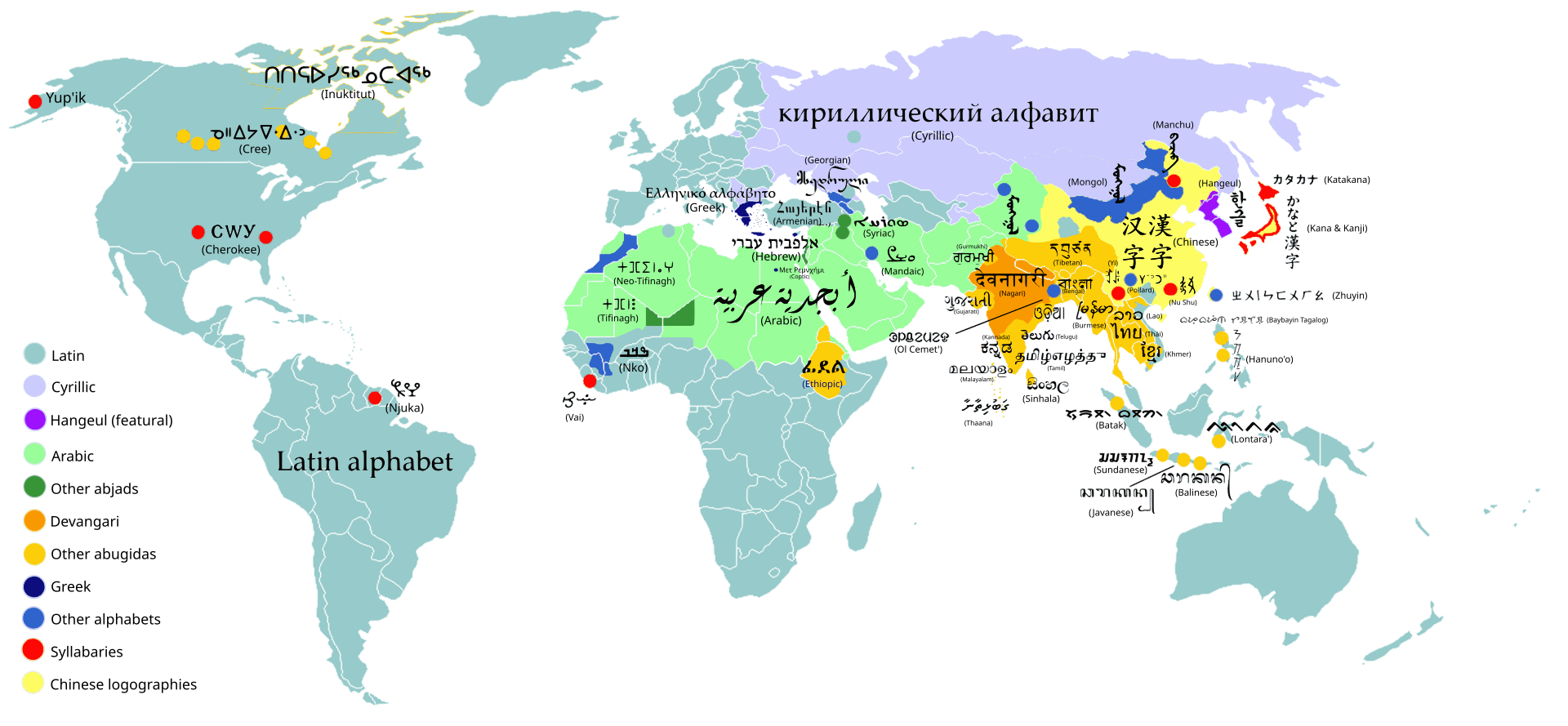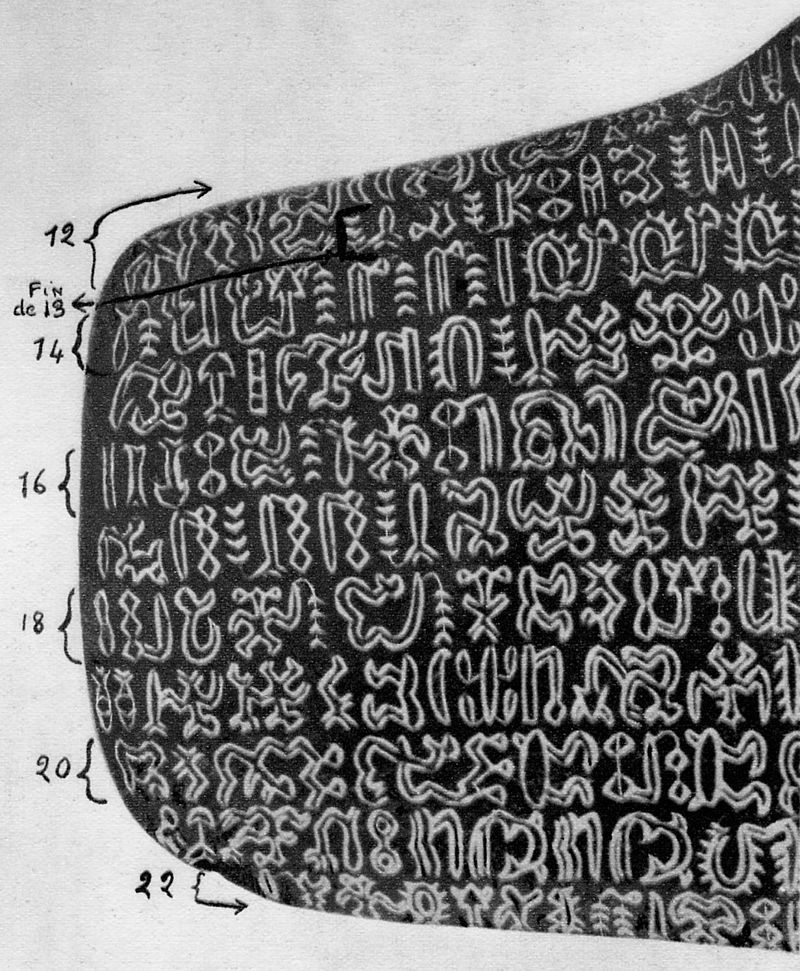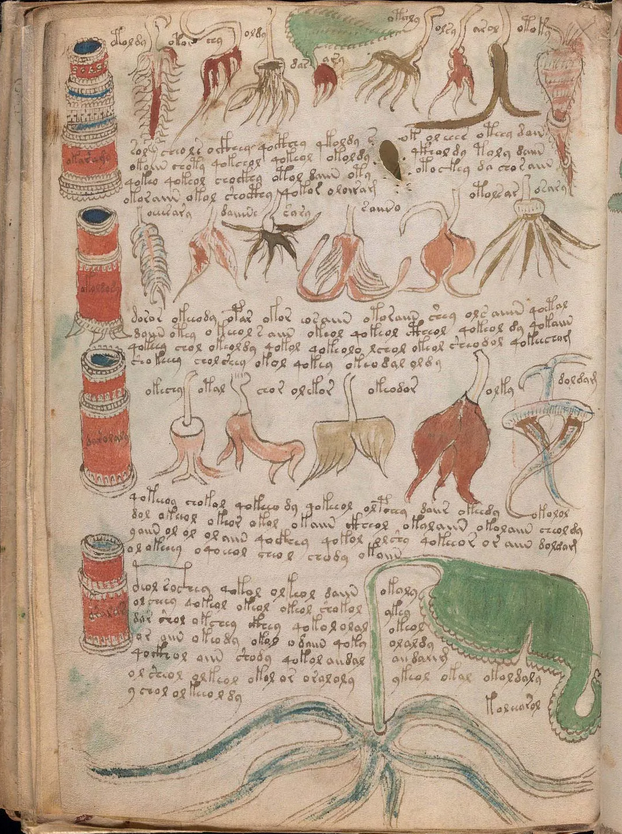58. THE RARITY OF WRITING
As somebody who works with text for a living, writing sometimes feels as innate as speech. I was therefore surprised to learn that it's one of humanity's rarest inventions, emerging only four times independently: in Mesopotamia before 3100 BC, in Egypt around 3250 BC, in China before 1250 BC, and in Mesoamerica before 1 AD. Every script owes its existence to an impressive feat of abstraction in those societies – but how many writing systems are there, exactly?

Learning to write
Of course, to answer that question, we need to first define writing. As opposed to proto-writing, where symbols convey a limited set of information, writing encodes a full language with enough symbols and rules to represent any utterance. Proto-writing precedes writing by at least 10,000 years: lines, dots and Y-like symbols found in over 400 caves across Europe have been shown to indicate the mating cycle of animals according to a lunar calendar. True writing, on the other hand, emerged to address increasing economic and social complexity, starting with the need to document agricultural transactions but soon expanding into religion, governance and law.
As it turns out, the reason that writing has been invented so sparingly is not just its sheer complexity. Once developed, writing is highly conducive to state-building and expansion, making it highly transmissible. This adaptation of existing writing systems to new languages is how, despite their lack of resemblance, Egyptian hieroglyphs evolved into both the Arabic script and the Latin script that you are currently reading. For this, we can thank a community of West Semitic miners in the Sinai Peninsula in the 2nd millennium BC, who borrowed and modified hieroglyphs seen in their workplace to create the earliest form of the alphabet. This was to be the father of all modern alphabets bar Korea's Hangul, invented in the 1400s to replace Chinese characters and improve literacy.
Impossible to read
So, how many writing systems exist today? Despite the bulk of the world's population using alphabets derived from the same source, an astounding amount of diversity has emerged. According to The World's Writing Systems project – the first step of a long-term initiative to identify writing systems which are not yet encoded in the Unicode standard – there are 293 writing systems to choose from today. The Latin alphabet, utilised by 305 modern languages, represents just one entry in this list. The full range encompasses everything from Chinese characters (over 50,000 glyphs catalogued, although a literate adult only needs to know some 3,000) to Vanuatu's Avoiuli, an alphabet of 20 letters that can all be drawn in a single stroke.

Avoiuli
As for how many writing systems there have ever been, it's an impossible question to answer, and not only because of those that left no trace. Occasionally, it's just not possible to tell if something is writing. Rongorongo of Easter Island, for example, is abundant enough for 15,000 glyphs to have been catalogued, yet the texts lack contextual clues like illustrations and would correspond to the poorly attested language of Old Rapa Nui. This makes it highly unlikely that rongorongo will ever be deciphered and therefore confirmed as either proto-writing or true writing. And sometimes, not even context is enough: the 15th-century Voynich manuscript pairs scientific illustrations with an unknown script that resembles natural language. After hundreds of years, scientific opinion leans towards the text representing an impressive feat of the imagination. Then again, so does every form of writing.
- Josh


Rongorongo Voynich
